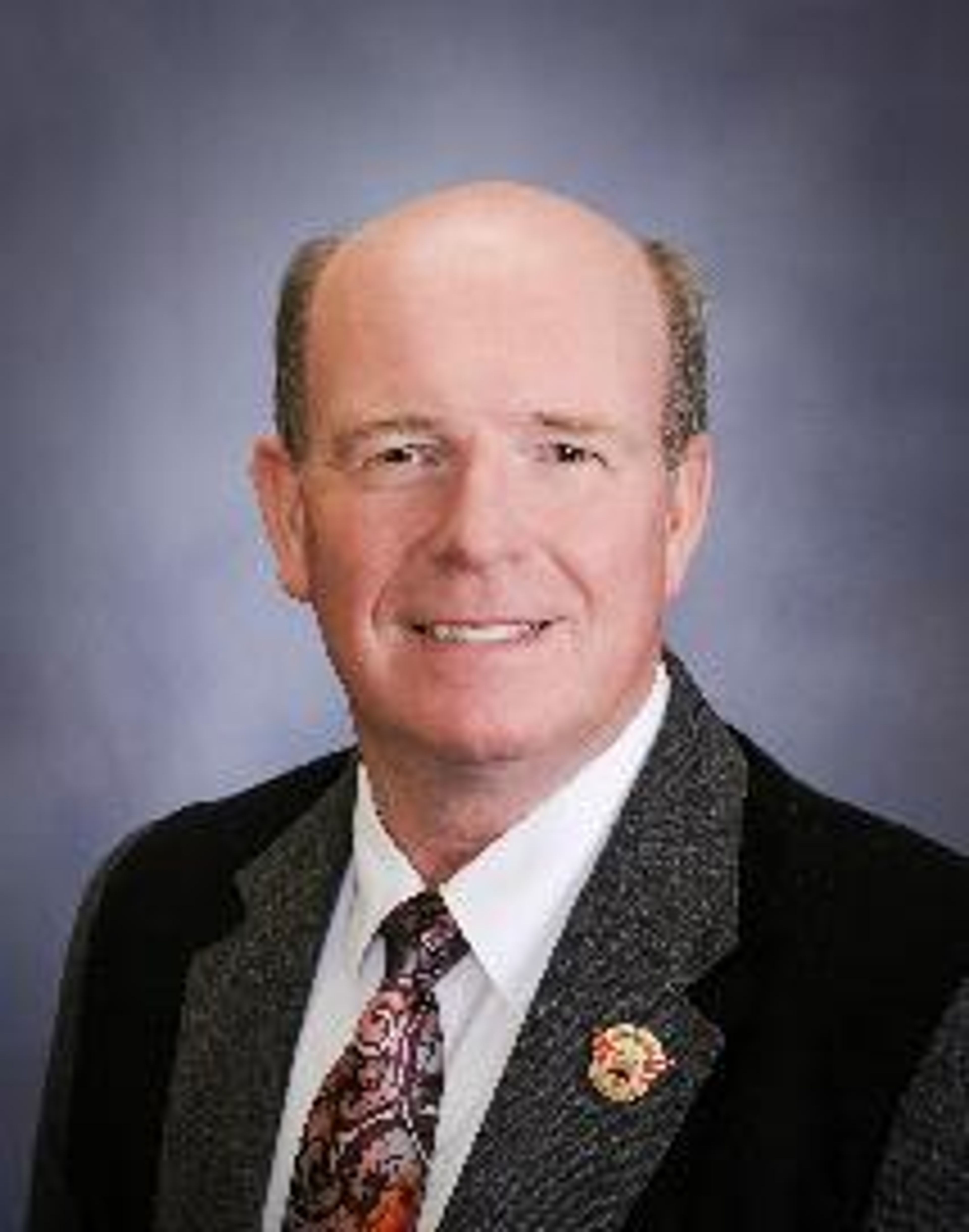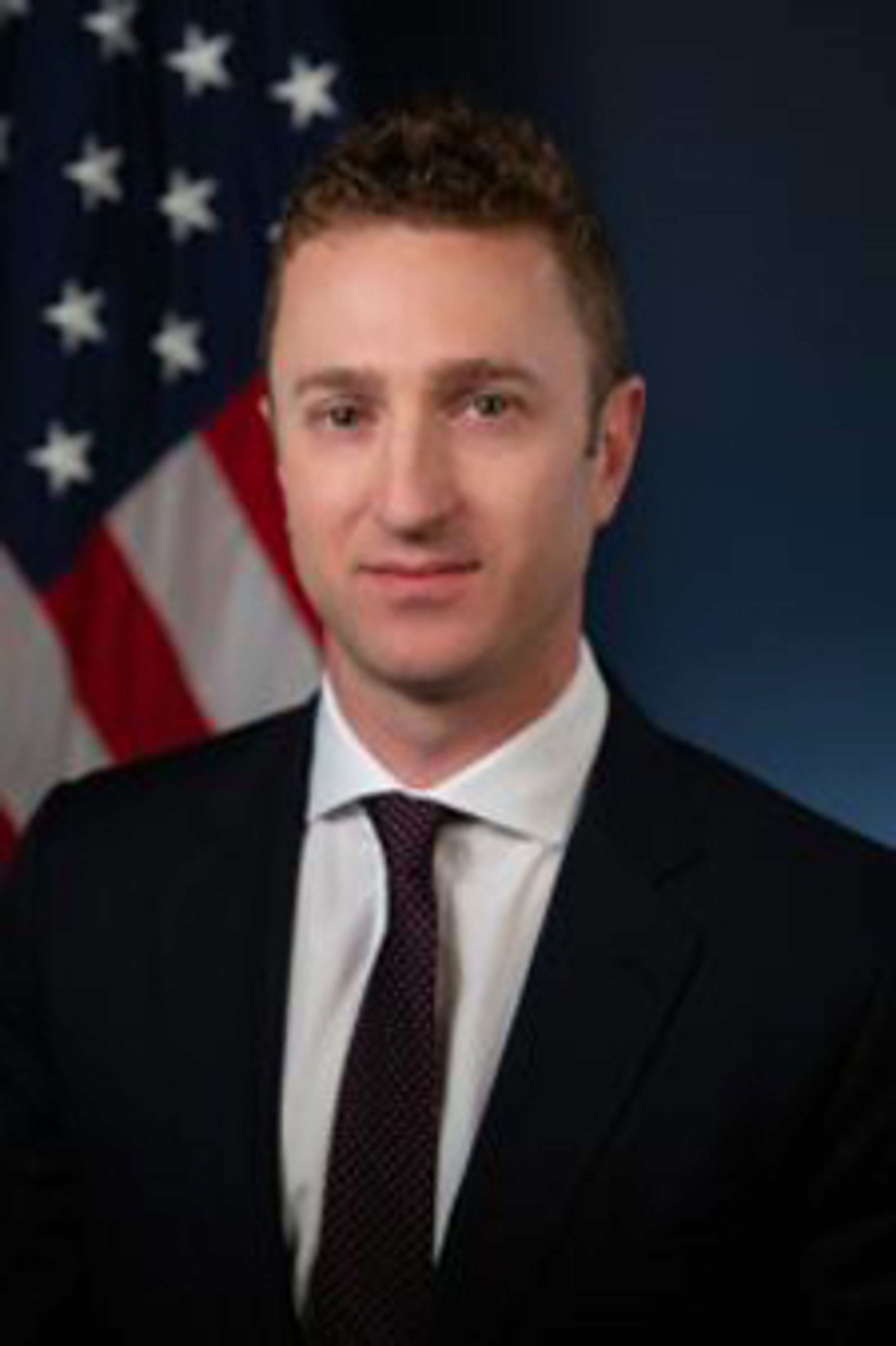BOISE — The state budget writers Friday changed several ongoing Idaho Public Health programs so they’ll be considered each year and eliminated three other programs in a last-minute motion.
The Joint Finance and Appropriations Committee (JFAC) approved the “enhancement budget” for the Idaho Department of Health and Welfare Public Health Services Division. The committee previously passed “maintenance” budgets that didn’t include new spending.
Sen. Kevin Cook, R-Idaho Falls, and Rep. Josh Tanner, R-Eagle, made the successful motion, which totaled about $26.1 million, which includes state general, dedicated and federal funds.
The budget, which passed 16-4, took eight existing programs from the division that were federally funded on an ongoing basis and moved those to one-time appropriations. It also removed funding for three programs that had been frozen last year.
The budget motion was apparently a split from some members of the committee’s budget working group for the division.
Rep. Brooke Green, D-Boise, made the original motion for a total of $30.3 million in new spending for the Public Health Division.
Green said the motion she made included the budget that had been agreed upon by the group, and she didn’t receive the alternate motion until late the day before.
“As of yesterday, this was the consensus, while I respect my good colleagues’ privilege to bring a motion to us at the last moment, I will not be supporting the substitute motion,” Green said.
Green, Democratic Sens. Janie Ward-Engelking and Rick Just, and Rep. Rod Furniss, R-Rigby, voted against Cook and Tanner’s motion.
Cook later said in an interview that it wasn’t his intention to leave Green and others who supported the original motion out of the process, but acknowledged that’s what happened.
“I failed to let all of the subgroup know about it, and I have apologized several times,” he said.
Cook and Tanner’s budget shifted the way federal money went to the Bureau of Equity and Strategic Partnerships, hepatitis surveillance and prevention, HIV surveillance and prevention, healthy equity for populations with diabetes, grants to improve oral health workforce, temporary cash assistance for needy families, HIV prevention activities, and an STD suppression disease intervention specialist.
The change means that each of these will come for consideration by budget writers each year instead of being included in the agency base budget as ongoing items.
“When you get stuff in the base, we’re never going to revisit it,” Cook said. “It’s there forever. We don’t know what’s going on. ... We pulled them with the idea of, come back, and give me a sales job. Tell me why you need that. Justify why you need that.”
The budget that passed also reduced by half two federal programs that had been included in the agency request and governor’s budget. It funded the Data Modernization Fund, from federal American Rescue Plan Relief money, at $200,000 — which is half of what was requested.
Cook said this was intended so the department could use the first part of funds for design of the data modernization project and come back with a better idea of how much money would be needed to do it.
It also included around $3 million in Disease Investigation and Control funding, which is half of what was requested. The federal money is for maintaining a disease investigator and epidemiologist at the state and public health district level to respond to infectious disease outbreaks, infection prevention and education for hospital and long-term facility staff, an agreement for infectious disease lab testing for residents of long-term care facilities, and support to K-12 schools to prevent spread of communicable disease.
This reduction wasn’t discussed at the hearing or in Cook’s interview after. Cook and Tanner did not immediately respond to requests for comment Friday.
The eliminated programs were the Covid Behavioral Risk Factor Surveillance System, Personal Responsibility Education Prevention Grant, and Sexual Risk Avoidance Education Grants.
The surveillance system was for the voluntary survey about health experiences with COVID-19; this module was completed in fiscal year 2023, according to an agency spokesman.
The personal responsibility education grant provided sex education curriculum called “Reducing the Risk;” JFAC last session prohibited the use of these funds. Sexual Risk Avoidance was also a federal grant for sex education curriculum that was abstinence only; JFAC action last year also prohibited the use of these funds.
Several Republicans on the committee have expressed concerns about the state using too much money from the federal government.
Cook said he agreed with some of his colleagues regarding this, especially if the funds dry up and there’s no plan to end programs that the money had been supporting. His motion and the original motion spent the same amount of state general funds but decreased federal spending by around $4 million.
The budget, along with Health and Welfare’s other budgets, which include the $4.7 billion Medicaid budget, go to the rest of the Legislature for votes.
Guido covers Idaho politics for the Lewiston Tribune, Moscow-Pullman Daily News and Idaho Press of Nampa. She may be contacted at lguido@idahopress.com and can be found on X, formerly Twitter, @EyeOnBoiseGuido.



